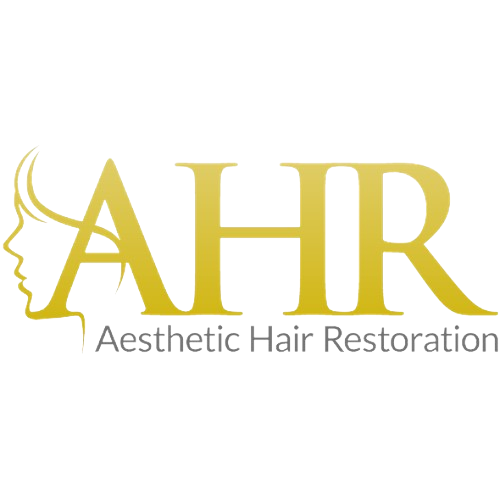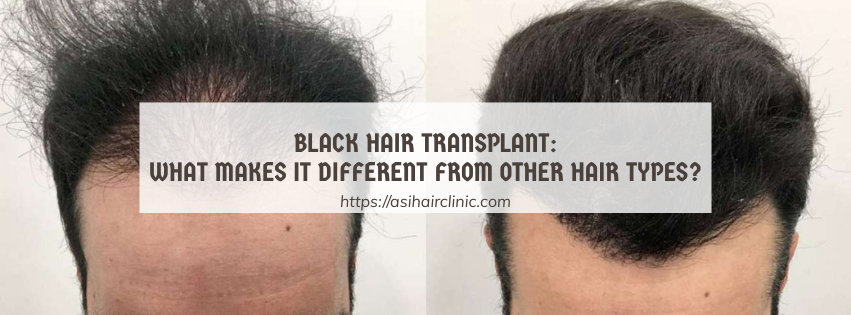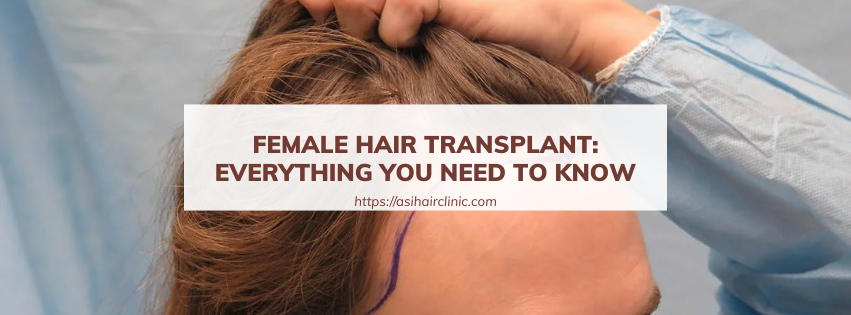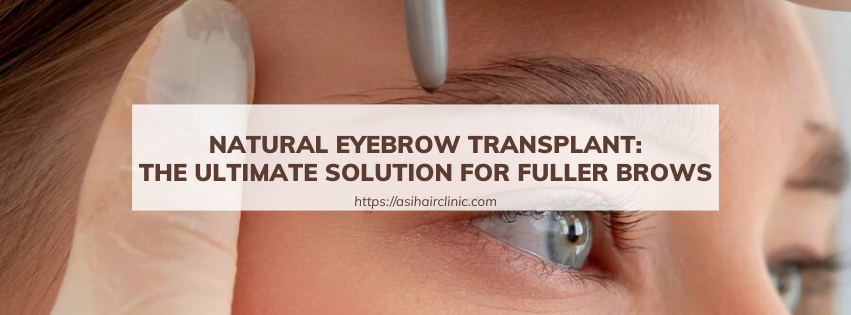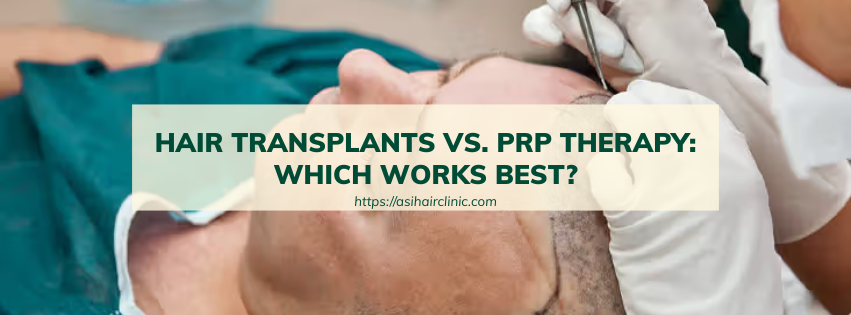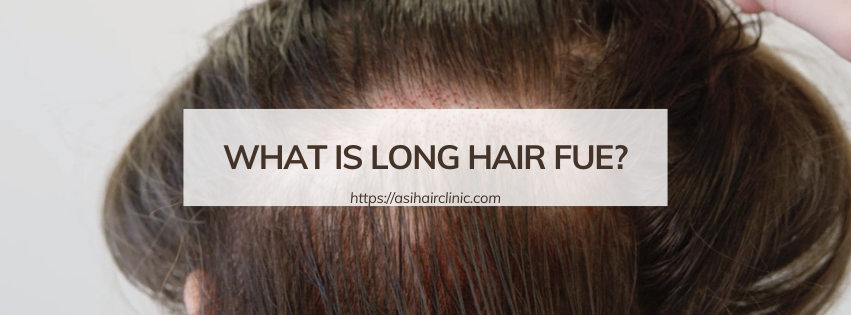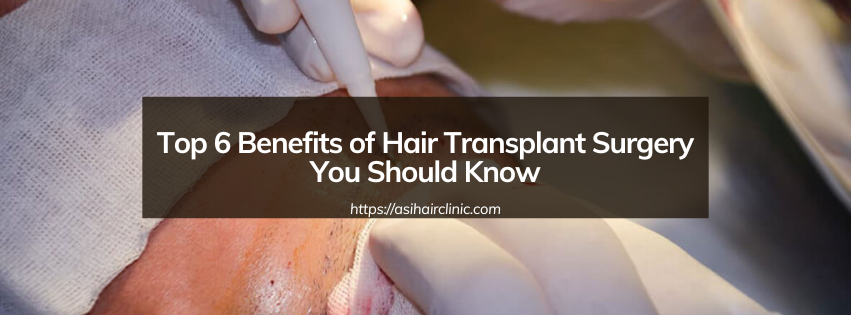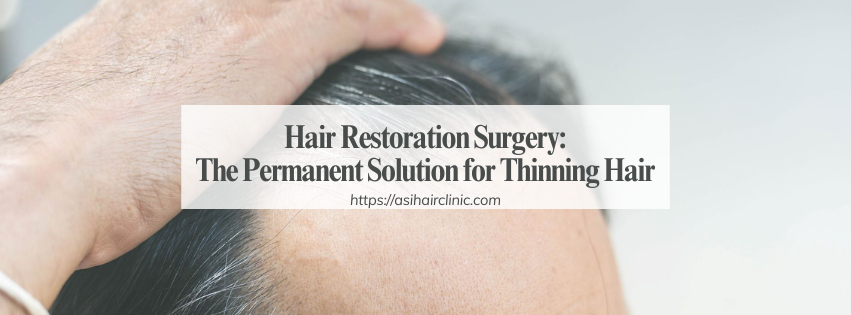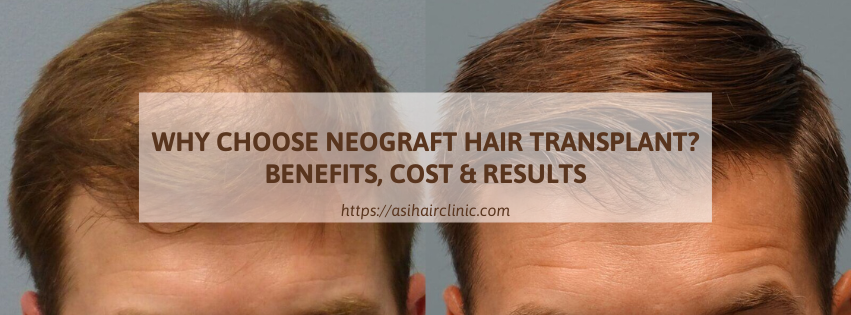Red Light Therapy for Hair Growth: Benefits, Science, and Results
Red Light Therapy for Hair Growth is gaining increasing attention as an innovative solution to combat hair loss and promote the regrowth of healthy hair. This non-invasive treatment harnesses the power of specific wavelengths of light to stimulate cellular activity in the scalp. In this comprehensive article, we will explore the science behind red light therapy, its benefits for hair growth, and the results one can expect from using this approach.
1. Understanding Red Light Therapy
Before delving into the specifics of how red light therapy aids hair growth, it’s essential to understand what red light therapy is and how it works.
1.1. What is Red Light Therapy?
Red light therapy (RLT) is a therapeutic technique that utilizes low-level wavelengths of red light to penetrate the skin and interact with cells. By applying this light to targeted areas, RLT promotes healing, reduces inflammation, and enhances cellular function. Traditionally used in clinical settings for pain relief and wound healing, RLT has found a new application in dermatology, particularly for hair restoration.
The wavelengths commonly associated with hair growth fall within the range of 600 to 650 nanometers (nm). This range is known to effectively energize mitochondrial function within cells, leading to increased ATP production-adenosine triphosphate, the energy currency of cells. As a result, this energy boost can enhance cell metabolism, stimulate hair follicles, and support hair growth cycles.
1.2. Historical Context of Red Light Therapy
Red light therapy was first discovered in the early 1960s by Dr. Endre Mester, who observed its potential for stimulating tissue repair in laboratory animals. Over the years, extensive research has validated its efficacy in various medical and cosmetic applications. Initially, the focus was on wound healing, but as technology advanced, researchers turned their attention toward other benefits, including its role in hair regrowth.
Today, numerous studies have explored the relationship between red light therapy and hair growth, providing compelling evidence to support its use as a viable treatment for hair loss conditions like androgenetic alopecia (male and female pattern baldness).
1.3. Mechanism of Action
The primary mechanism through which red light therapy stimulates hair growth involves the stimulation of the mitochondria in the hair follicles. When exposed to red light, these organelles become energized, enhancing their ability to produce ATP. This surge in energy catalyzes a series of biological processes:
- Increased Blood Circulation: Enhanced mitochondrial function promotes vasodilation, improving blood flow to the scalp. This increase in circulation ensures that hair follicles receive adequate nutrients and oxygen necessary for healthy growth.
- Reduction of Inflammation: Chronic inflammation is a known contributor to hair loss. Red light therapy exerts anti-inflammatory effects, reducing inflammation around hair follicles and creating an optimal environment for hair regrowth.
- Promotion of Hair Follicle Size: Studies indicate that RLT can increase the size and number of hair follicles while prolonging the anagen phase (growth phase) of the hair cycle. This results in thicker, healthier hair.
By understanding these fundamental principles, individuals seeking hair restoration can appreciate the profound impact that red light therapy can have on their hair growth journey.
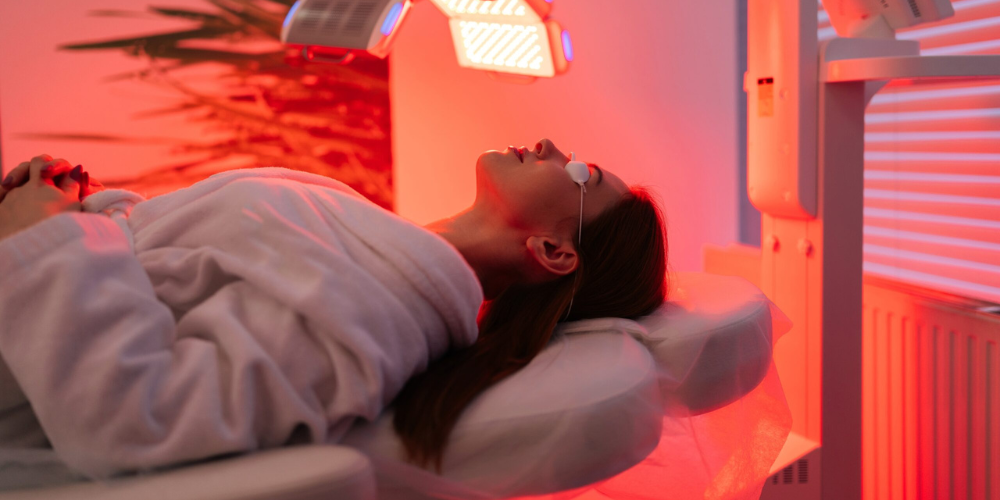
2. The Benefits of Red Light Therapy for Hair Growth
Exploring the benefits of red light therapy for hair growth reveals its multifaceted advantages, making it an appealing option for those dealing with thinning hair or hair loss concerns.
2.1. Non-Invasive Nature
One of the most significant benefits of red light therapy is its non-invasive nature. Unlike surgical options such as hair transplants, RLT does not require anesthesia or recovery time. This makes it an attractive choice for individuals looking for effective solutions without the risks associated with invasive procedures.
Patients can undergo red light therapy sessions in the comfort of their own homes or in professional clinics. Devices range from handheld units to full-sized panels, allowing flexibility based on user preference and convenience. Regular sessions can easily be incorporated into a self-care routine, making the process of hair restoration more manageable.
2.2. Suitable for Various Hair Loss Types
Red light therapy's versatility extends to its effectiveness across different types of hair loss. Whether someone is experiencing male or female pattern baldness, alopecia areata, or stress-related hair thinning, RLT has been shown to yield positive results.
This adaptability arises from RLT's ability to address the underlying factors contributing to hair loss, rather than merely focusing on symptoms. For instance, those struggling with stress-induced alopecia may find that red light therapy helps minimize inflammation and promotes relaxation, thus indirectly supporting hair growth.
In contrast to topical treatments that may only target specific areas, RLT can provide a broader approach, benefiting overall scalp health.
2.3. Evidence-Based Support
Research regarding the efficacy of red light therapy for hair growth continues to grow. Numerous clinical trials have demonstrated statistically significant improvements in hair density and thickness among participants undergoing RLT treatment.
A notable study published in the journal Lasers in Surgery and Medicine examined the effects of red light therapy on men and women with androgenetic alopecia. Participants treated with red light saw greater increases in hair counts compared to those receiving placebo treatments. Such empirical evidence bolsters the credibility of red light therapy as a legitimate option for hair restoration.
Moreover, reviews of multiple studies indicate that RLT is generally safe and well-tolerated, with few reported side effects. This further underscores its appeal as a non-pharmaceutical option for individuals concerned about hair loss.
2.4. Psychological Well-Being
Hair loss can take a toll on an individual’s self-esteem and mental health. The psychological impacts of thinning hair often lead to feelings of embarrassment, anxiety, and frustration. Fortunately, embracing red light therapy as part of a holistic hair restoration plan can also yield emotional benefits.
As individuals witness tangible improvements in their hair growth, they may experience boosts in confidence and self-image. Moreover, the act of engaging in a dedicated self-care practice, such as regular red light therapy sessions, can foster a sense of empowerment and control over one's appearance.
The connection between physical health and mental well-being is undeniable, and investing in hair restoration can significantly contribute to an individual’s overall quality of life.
3. How to Use Red Light Therapy for Optimal Hair Growth
To maximize the benefits of red light therapy for hair growth, it’s important to understand the best practices and recommendations for usage.
3.1. Choosing the Right Device
The market offers a variety of red light therapy devices ranging from handheld units to larger panel systems. To determine which option is best suited for your needs, consider the following factors:
- Wavelength: Ensure that the device operates within the optimal wavelength range of 600 to 650 nm for hair growth. This range has been shown to effectively stimulate hair follicles and enhance cellular metabolism.
- Power Output: Look for devices with sufficient power output measured in milliwatts per centimeter squared (mW/cm²). Higher power outputs typically facilitate quicker treatment times.
- Treatment Area: Consider the coverage area of the device. A handheld unit may be adequate for localized treatment, while panel systems can provide broader exposure for larger areas of the scalp.
Selecting the right device tailored to your preferences and lifestyle can significantly influence the overall effectiveness of red light therapy.
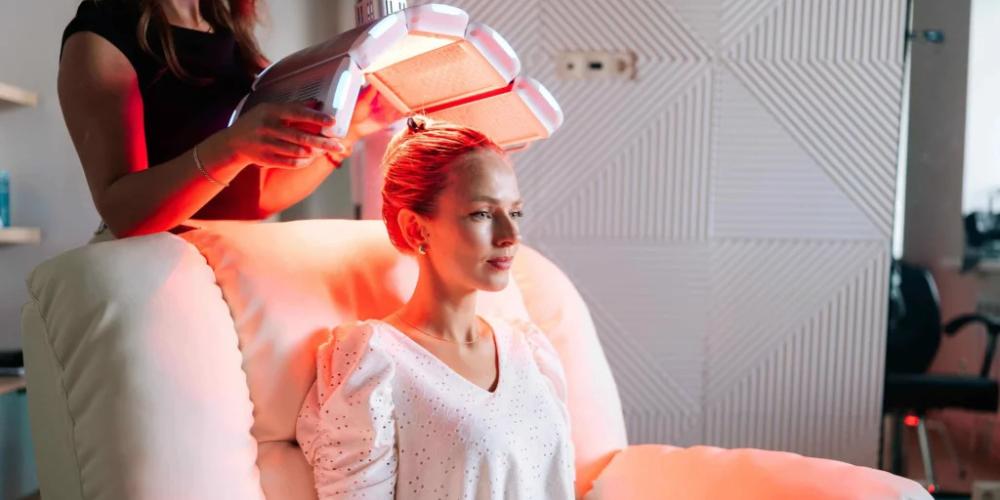
3.2. Recommended Treatment Protocols
Consistency is key when it comes to reaping the benefits of red light therapy for hair growth. While specific protocols vary depending on the device and manufacturer, general guidelines suggest:
- Frequency: Aim for three to five sessions weekly. Consistency helps establish a routine that reinforces the positive effects of therapy.
- Duration: Sessions typically last between 10 to 30 minutes, depending on the device. Be sure to follow manufacturer instructions for optimal treatment times.
- Targeted Areas: Focus on areas of the scalp experiencing thinning or hair loss. Move the device slowly to ensure even coverage and adequate exposure to all affected areas.
Establishing a dedicated schedule that accommodates your lifestyle can enhance adherence to the treatment regimen, ultimately yielding better results.
3.3. Combining with Other Treatments
For individuals seeking enhanced results, integrating red light therapy with other hair restoration methods can amplify its effects. This synergistic approach may include:
- Minoxidil: Topical minoxidil is a popular over-the-counter treatment for hair regrowth. Studies suggest that combining minoxidil with red light therapy can improve outcomes, as both modalities work through distinct mechanisms.
- Nutritional Support: Supporting hair health through nutrition can be beneficial. Incorporating vitamins and minerals, such as biotin, zinc, and vitamin D, can complement the effects of red light therapy.
- Stress Management: Since stress can exacerbate hair loss, incorporating practices like meditation or yoga can create a holistic approach to hair restoration that addresses both physiological and psychological factors.
By thoughtfully combining treatments, individuals may discover an optimized plan that accelerates hair regrowth and fosters lasting results.
4. Expected Results and Timeline
Understanding the timeline for expected results from red light therapy is crucial for managing expectations and remaining patient throughout the journey.
4.1. Initial Changes
While some individuals may notice subtle changes after a few weeks, significant results typically begin to manifest between three to six months of consistent therapy. Early signs of improvement may include:
- Reduced Shedding: An initial reduction in hair shedding can indicate that the hair follicles are entering a healthier growth phase.
- Thicker Strands: As hair growth progresses, many individuals report feeling thicker hair strands emerging, indicative of newly stimulated hair follicles.
4.2. Long-Term Results
Continued use of red light therapy over six months to one year can yield substantial improvements in hair density and volume. Some users may achieve:
- Visible Hair Regrowth: Many document pronounced hair regrowth in areas previously afflicted by thinning or bald spots.
- Improved Overall Scalp Health: The cumulative benefits of enhanced circulation and reduced inflammation contribute to a healthier scalp environment conducive to hair growth.
4.3. Factors Influencing Outcomes
It’s important to recognize that individual results may vary due to several factors, including:
- Genetics: Genetic predisposition plays a significant role in hair loss patterns. Those with a family history of hair loss may experience different results compared to others.
- Age: Age-related factors can influence hair growth responses. Younger individuals may respond more favorably than older adults experiencing advanced stages of hair loss.
- Underlying Conditions: Hormonal imbalances or medical conditions affecting hair growth could impact the effectiveness of red light therapy. Consulting a healthcare provider may help address any underlying issues before beginning treatment.
Acknowledging these variables allows individuals to maintain realistic expectations while enjoying the transformative potential of red light therapy.
Conclusion
In summary, Red Light Therapy for Hair Growth presents an exciting avenue for those seeking effective solutions to hair loss. Its scientific foundation, coupled with a plethora of benefits, positions RLT as a compelling alternative to traditional hair restoration methods. As research continues to unfold, so too does the potential for this innovative therapy to empower individuals on their hair growth journeys.
The non-invasive nature, versatility for various hair loss types, and psychology-enhancing effects make red light therapy a valuable addition to any hair restoration plan. By employing best practices in device selection, treatment protocols, and integration with complementary therapies, individuals can optimize their experience and achieve remarkable results.
Ultimately, embracing red light therapy is not just about restoring hair; it's about reclaiming confidence and enhancing overall well-being. As you embark on this journey, remember that consistency, patience, and personalized care will serve you well on the path to vibrant, healthy hair growth.
LATEST POSTS
